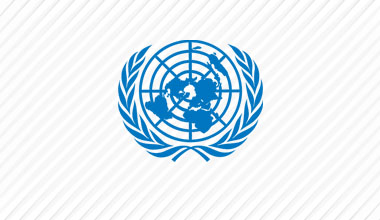Timor- Leste: Communities left in dark over controversial power plant
Hera, 23 September 2011 (IRIN) - A cornerstone of the government's development plan is a promise to electrify every home in Timor-Leste within just a few years. But communities living in the shadow of the power plant supposed to jumpstart this transformation know little or nothing about its impact.
Perreira went to the capital city, Dili, to ask officials at the Ministry of Environment why the plant had been placed within a community rather than in an unpopulated area. Their response, says Perreira, was that relocating it at this point was not viable.
Demetrio do Amaral, head of Haburas Foundation, a Dili-based environmental NGO that tried unsuccessfully to contest the construction of the Hera power plant in the courts, says a few thousand people live within 1km of the power plant.
Controversy
Since its inception in 2008, the power plant in the coastal town of Hera in this half-island nation has been controversial.
Construction was greenlighted by the government without an environmental impact assessment or any publically released assessment of its financial viability.
The government initially purchased two second-hand heavy fuel generators from China for the plant. After it was pilloried for purchasing technology deemed by many countries to be too harsh on the environment, the government ordered a duel-fuel generator from Finland that can use either heavy oil or natural gas, which is less polluting, but observers say the exact design of the plant is constantly changing.
Most countries are moving away from such technology or have already stopped using it as it creates acid rain, water pollution, toxic solid waste, particulate air pollution, and greenhouse gas emissions, say activists.
Heavy oil is the by-product left after oil is refined. Burning it as fuel causes air and water pollution linked to cardiovascular and respiratory health problems, says Rui Pinto, a biologist and founder of Rai, an environmental consulting group. As a result, he said, people should not live within a 10km radius of the plant.
But midway through the plant's construction, residents continue to live within a stone's throw of the construction site and complain they have yet to be informed of any plans to relocate them.
Sarmento Antonio do Rosario, a 66-year-old fisherman who lives right nextdoor, says that, in 2008, visiting officials told him the government would wait until the plant was operating before trying to assess its impact on surrounding communities.
He and other fishermen in the area, he says, are concerned about the plant's emissions and the possibility that spent oil will be carelessly dumped - and the consequences for the fish.
Powering development?
The country's current power system consists of several dozen diesel-powered generators that in total produce about 40MW of electricity, enough for only about a third of the population in limited doses, according to the government.
Limited electrification presents numerous obstacles to the country's development. As the Prime Minister's office states in its Strategic Development Plan 2011-2030: "Access to electricity is a basic right and the foundation of our economic future." The report outlines a vision for the young country's development over the next two decades. "We will take action to ensure that by 2015 everyone in Timor-Leste will have access to reliable electricity 24 hours a day."
Spending balance
But observers say the government has taken an errant path in its attempt to reach this goal, ignoring the project's impact on surrounding communities and residents.
In addition to what critics charge is government negligence in considering the project's environmental impact and related effects on neighbouring communities, concerns over the project's financial management have grown as its price tag has surged from US$367.1 million to $628.7 million, according to La'o Hamutuk, a local NGO.
To government watchdog groups such as La'o Hamutuk, the Hera plant's cost has made electrification a development priority at the expense of other sectors in equally dire need of funding.
So far this year, the government has spent more on infrastructure - mostly on the Hera plant - than on all other government programmes combined.
********
Source: IRIN News http://irinnews.org/report.aspx?reportid=93798
 UN
UN United Nations Peacekeeping
United Nations Peacekeeping



